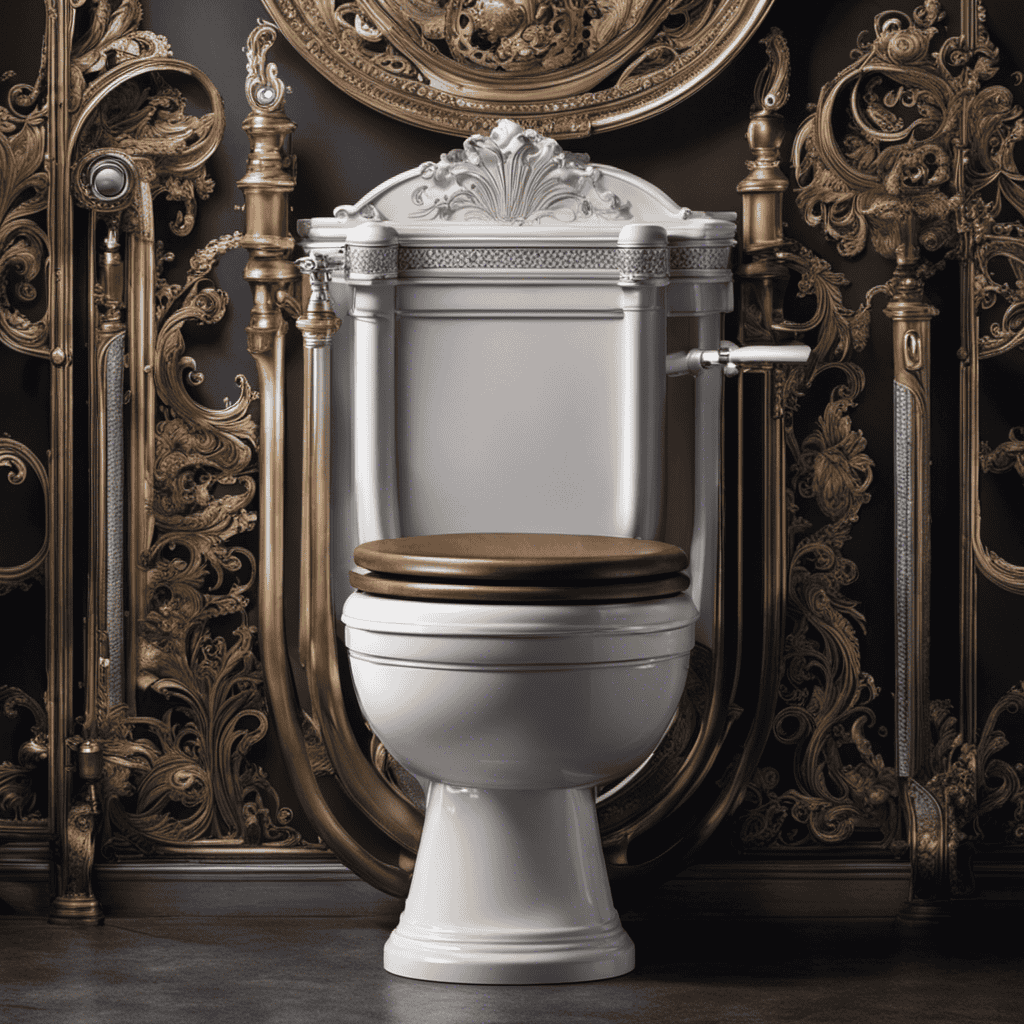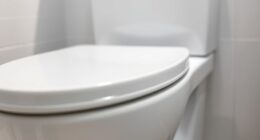All of us have found ourselves in front of the toilet at one point, chewing on a piece of gum. The idea of simply flushing it down and moving on is quite appealing. However, is it actually wise to proceed in this manner? This article aims to discuss the repercussions on the environment, the potential plumbing issues, and the dangers it poses to the sewage system when you flush gum down the toilet.
We’ll also discuss the non-biodegradable nature of gum, its potential for clogging issues, and the adhesive properties that can wreak havoc on your plumbing. Plus, we’ll provide alternatives and proper disposal methods.
Stay informed, and let’s tackle this gum dilemma together.
Key Takeaways
- Flushing gum down the toilet can clog pipes and cause blockages in the sewage system.
- Gum’s non-biodegradable nature persists in the environment for years, posing risks to marine life.
- Proper gum disposal alternatives, such as wrapping it in tissue or paper and using designated bins, can prevent harm to the environment.
- Gum’s adhesive properties, caused by its sticky substance called gum base, can lead to clogs and blockages in pipes.
Environmental Impact
Flushing gum down the toilet has a significant environmental impact. Many people may not realize the environmental consequences of this seemingly harmless act.

When gum is flushed down the toilet, it can clog pipes and cause blockages in the sewage system. This can lead to costly repairs and maintenance for homeowners and municipalities.
Additionally, gum doesn’t break down easily in water, and can contribute to the accumulation of solid waste in our waterways. This can harm aquatic life and disrupt ecosystems.
To prevent these issues, it’s important to consider alternative gum disposal options. Wrapping gum in tissue or paper and throwing it in the trash is a simple and environmentally-friendly solution.
Plumbing Problems
When it comes to flushing gum down the toilet, it’s important to consider the potential plumbing problems it can cause. Gum is sticky and can easily get stuck in pipes, leading to clogs and blockages.
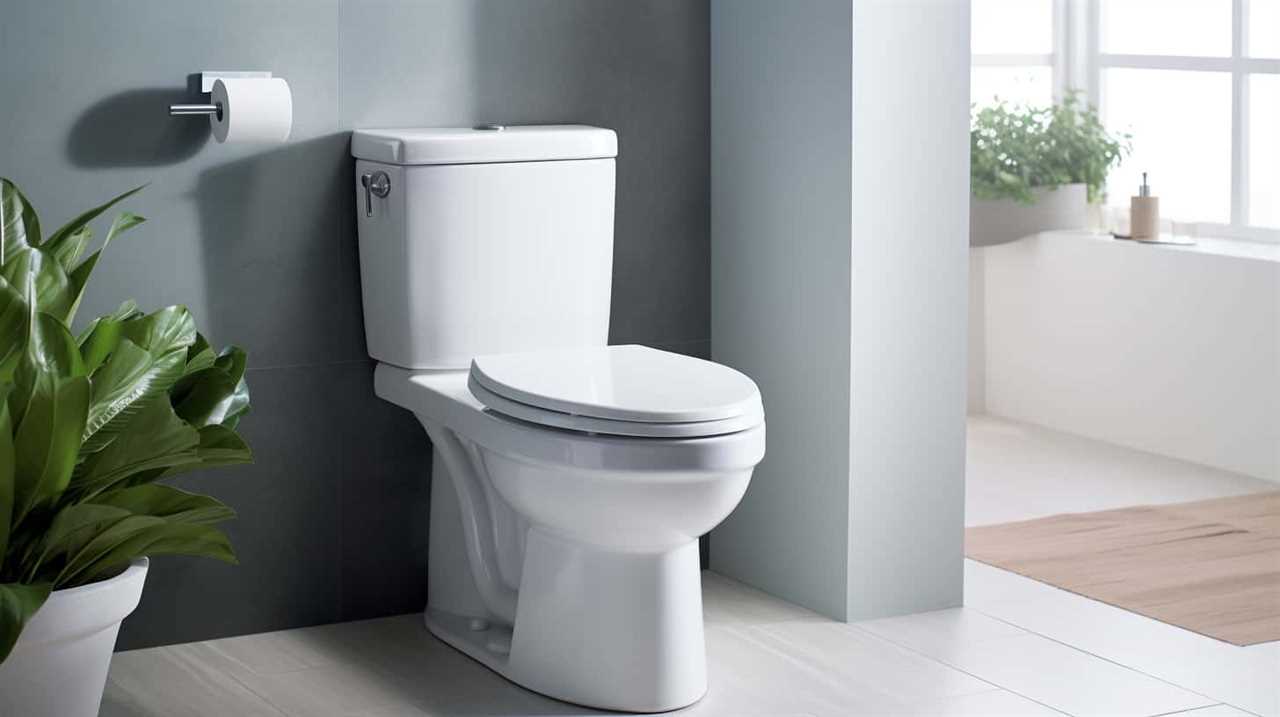
This can result in costly repairs and inconvenience. It’s best to dispose of gum properly in the trash to avoid these plumbing issues altogether.
Clogging Potential of Gum
One of the major plumbing problems associated with gum is the potential for it to clog the toilet. When gum is flushed down the toilet, it can stick to the pipes and other debris, creating blockages. This can lead to a variety of issues such as slow drainage, overflowing toilets, and even burst pipes.
It’s important to note that gum doesn’t dissolve in water, so it won’t break down as it travels through the plumbing system. To avoid this problem, proper gum disposal is essential. Instead of flushing gum down the toilet, it should be wrapped in tissue or paper and thrown in the trash.
In cases where gum does end up in the toilet, immediate gum removal using a plunger or professional plumbing assistance may be necessary to prevent further clogging and damage to the plumbing system.
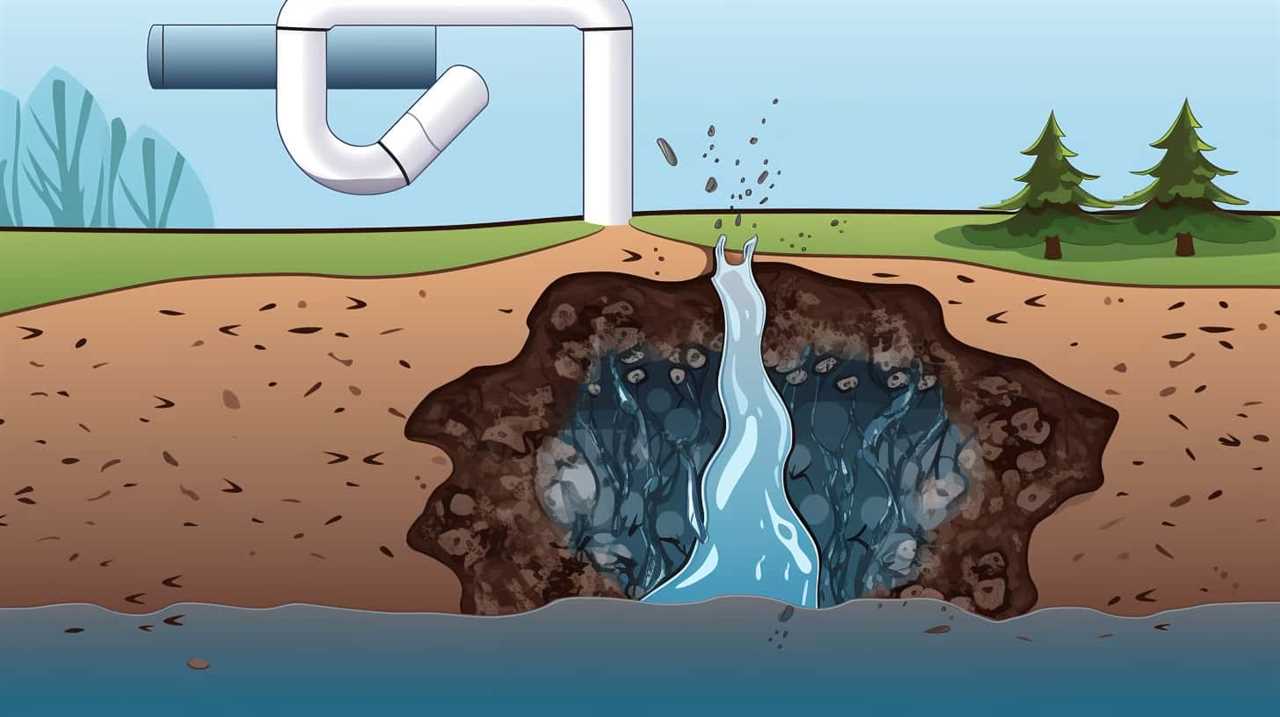
Proper Disposal Alternatives
To properly dispose of gum and avoid potential plumbing problems, we can explore alternative methods that are more suitable for its disposal. Here are some disposal options to consider:
- Wrap it in paper: One effective way to dispose of gum is by wrapping it in a piece of paper and throwing it in the trash. This prevents it from sticking to any surfaces and causing issues down the line.
- Use gum disposal bins: Many public places, such as parks and shopping centers, have designated gum disposal bins. These bins are specifically designed to safely collect and dispose of gum, minimizing the environmental consequences.
- Freeze and discard: Another option is to freeze the gum and then discard it in the trash. Freezing hardens the gum, making it easier to handle and less likely to cause plumbing problems.
Sewage System Risks
When it comes to flushing gum down the toilet, there are several risks to consider for the sewage system.
Firstly, gum can easily clog and block pipes, leading to backups and overflowing toilets.
Secondly, the sticky nature of gum can cause damage to the pipes, potentially resulting in costly repairs.
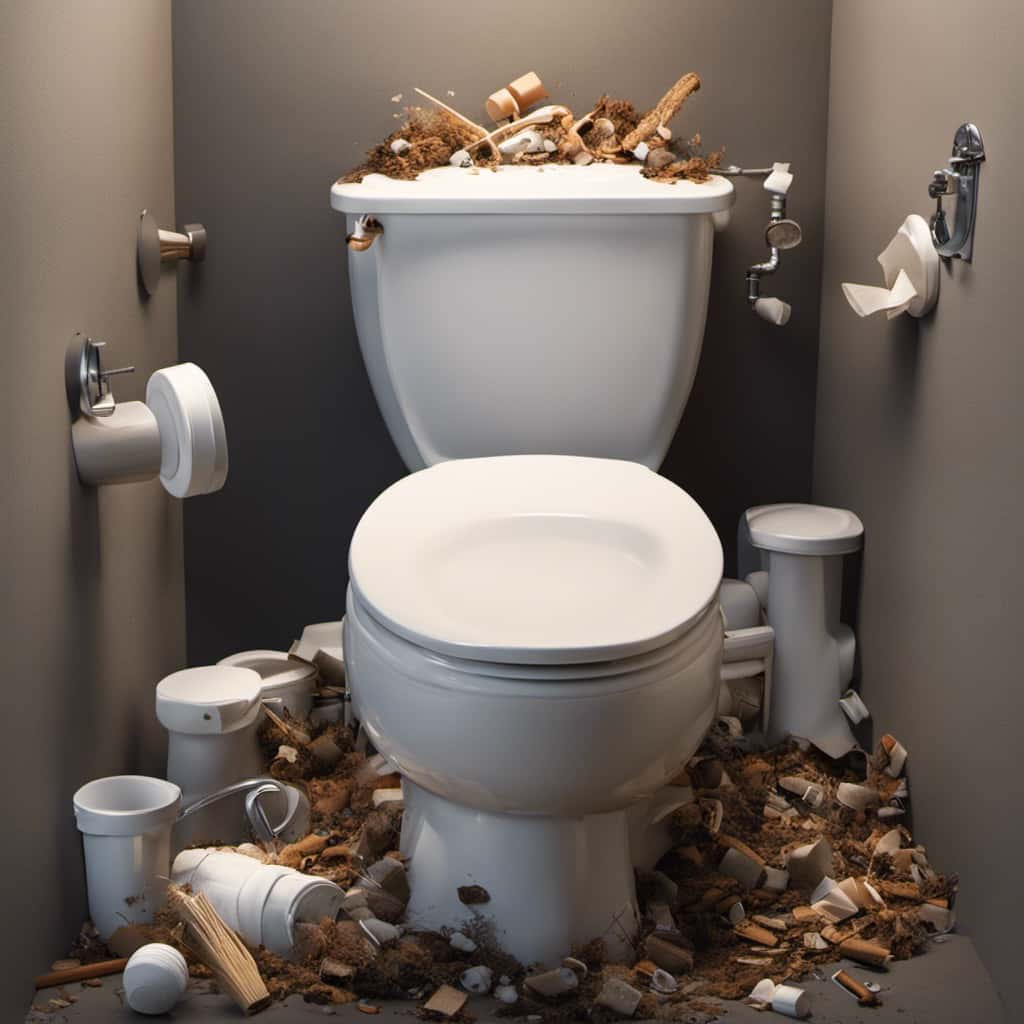
Lastly, the environmental impact of flushing gum down the toilet shouldn’t be overlooked, as it can contribute to pollution and harm aquatic life.
It’s important to be mindful of these risks and dispose of gum properly in the trash.
Clogging and Blockages
Flushing gum down the toilet poses a risk of clogging and blocking the sewage system. This can lead to costly repairs, inconvenience, and potential health hazards. To prevent clogging and blockages in the sewage system, it’s important to consider alternative gum disposal options.
Here are three sub-lists to convey a deeper understanding:
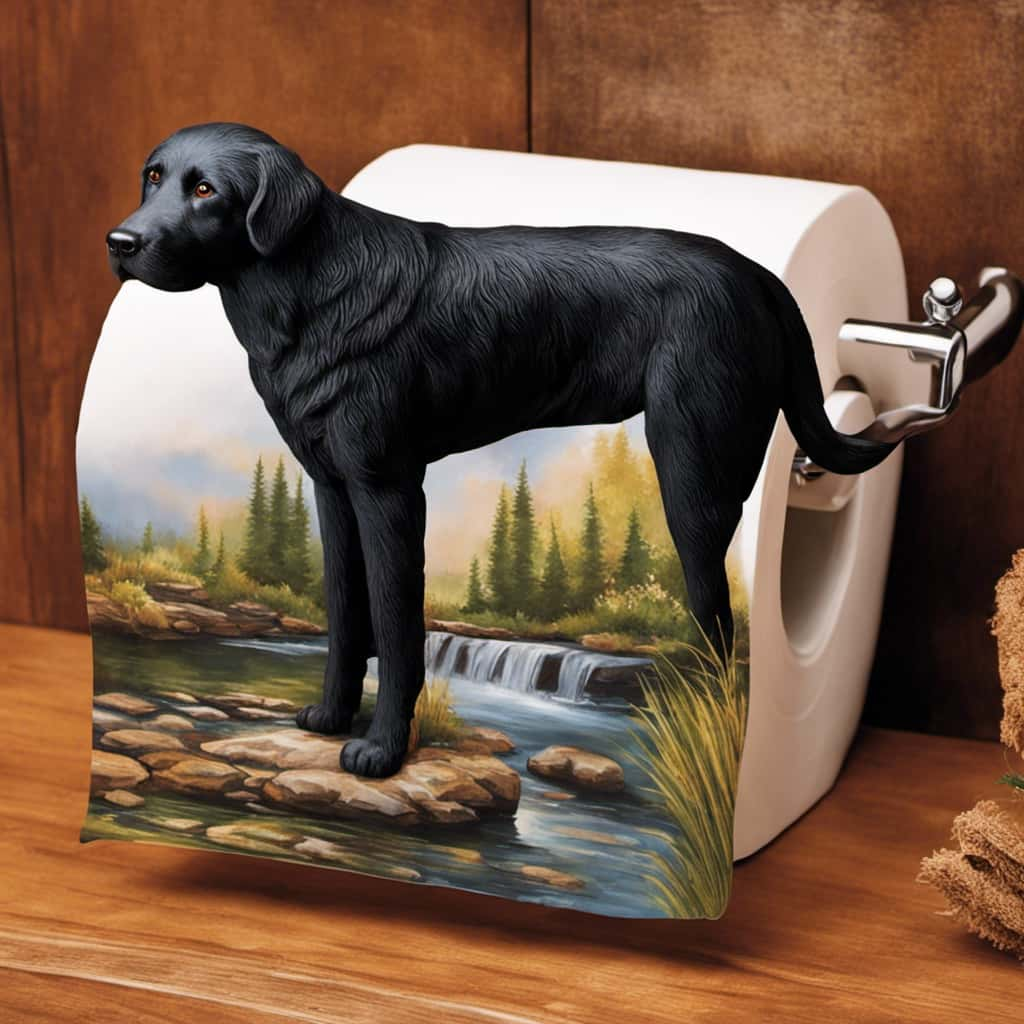
- Proper gum disposal methods
- Wrap used gum in tissue or paper before throwing it in the trash.
- Use gum disposal bins provided in public areas.
- Consider carrying a portable gum disposal bag for convenience.
- Benefits of proper gum disposal
- Prevents gum from sticking to surfaces and causing damage.
- Reduces the risk of clogging and blockages in sewage systems.
- Promotes cleanliness and hygiene in public spaces.
- Environmental impact
- Gum contains synthetic polymers that don’t biodegrade easily.
- Improper gum disposal contributes to litter and pollution.
- Proper disposal helps protect the environment and wildlife.
Damage to Pipes
How can gum flushed down the toilet potentially damage the pipes in our sewage system? Flushing gum down the toilet can lead to serious damage to the pipes in our sewage system, posing risks to the entire system. When gum is flushed, it can stick to the inner walls of the pipes, forming a sticky residue that can accumulate over time. This residue can then attract other debris, such as hair and grease, causing clogs and blockages. Additionally, the gum itself is not biodegradable and can persist in the pipes for a long time, further contributing to the risk of damage. These pipe blockages can lead to sewer backups, resulting in expensive repairs and potential health hazards.
To better illustrate the potential risks, here is a table showcasing the possible damage caused by flushing gum down the toilet:
| Damage to Pipes (Sewage System Risks) |
|---|
| 1. Sticky residue buildup |
| 2. Attraction of debris |
| 3. Clogs and blockages |
| 4. Long-lasting non-biodegradable material |
| 5. Sewer backups and health hazards |
It is important to understand the consequences of flushing gum down the toilet to avoid costly repairs and protect the integrity of our sewage system. However, the damage doesn’t stop there. Flushed gum also has an environmental impact, which we will discuss in the next section.
Environmental Impact
To continue our discussion on the risks posed to the sewage system, let’s explore the environmental impact of flushing gum down the toilet. This seemingly harmless act can actually have significant consequences for the environment.

Here are three key points to consider:
- Gum doesn’t break down easily in water, unlike toilet paper which is designed to dissolve quickly. This means that gum can clog the sewage pipes, leading to blockages and costly repairs.
- When gum accumulates in the sewage system, it can contribute to the formation of fatbergs, which are large masses of solid waste that can cause further blockages and damage.
- Flushing gum down the toilet also contributes to water pollution. The chemicals and additives in gum can contaminate water bodies, harming aquatic life and disrupting ecosystems.
Now that we understand the environmental impact of flushing gum down the toilet, let’s delve into another aspect: gum’s non-biodegradable nature.
Gum’s Non-Biodegradable Nature
Gum’s non-biodegradable nature poses a potential environmental problem when disposed of improperly. Unlike other organic waste, gum doesn’t break down naturally and can persist in the environment for years. This can have significant consequences, especially when it comes to marine life.
When gum is improperly discarded and ends up in water bodies, it can be mistaken for food by marine animals. Ingesting gum can lead to choking, blockages in their digestive systems, and even death.

To mitigate this issue, it’s crucial to explore gum disposal alternatives that promote proper waste management. Encouraging individuals to wrap their used gum in tissue or paper and dispose of it in designated bins can help prevent gum from entering waterways and harming marine ecosystems.
Potential Clogging Issues
Flushing gum down the toilet can lead to potential clogging issues in the plumbing system. Here are some reasons why it isn’t advisable:
- Non-biodegradable nature: Gum isn’t easily broken down by the sewage system, making it prone to causing blockages.
- Adhesion to pipes: Gum has a sticky texture that can adhere to the pipes, accumulating over time and reducing water flow.
- Combination with other debris: When gum combines with other debris like hair or grease, it can form a sticky mass that further exacerbates clogging issues.
These potential clogging issues pose risks to the sewage system and can lead to expensive repairs. The gum can damage pipes, causing leaks and other plumbing problems.
It’s important to dispose of gum in the proper waste receptacle rather than flushing it down the toilet to prevent these issues.

Gum’s Adhesive Properties
We frequently encounter issues with gum’s adhesive properties when it comes to flushing it down the toilet. Gum is made of a sticky substance called gum base, which is designed to adhere to surfaces for a long time. This adhesive property is what makes chewing gum enjoyable, but it also causes problems when it’s flushed down the toilet.
The gum can stick to the walls of the pipes, leading to clogs and blockages. Moreover, gum doesn’t break down easily in water, further exacerbating the issue. It’s important to dispose of gum properly to avoid these problems.
Recycling options for gum are limited, but some companies are exploring ways to recycle gum into useful products. Additionally, when gum ends up in marine environments, it can be harmful to marine life. The sticky nature of gum can trap and suffocate animals, causing injury or death.
It’s crucial to be mindful of the impact gum can have on our environment and dispose of it responsibly.
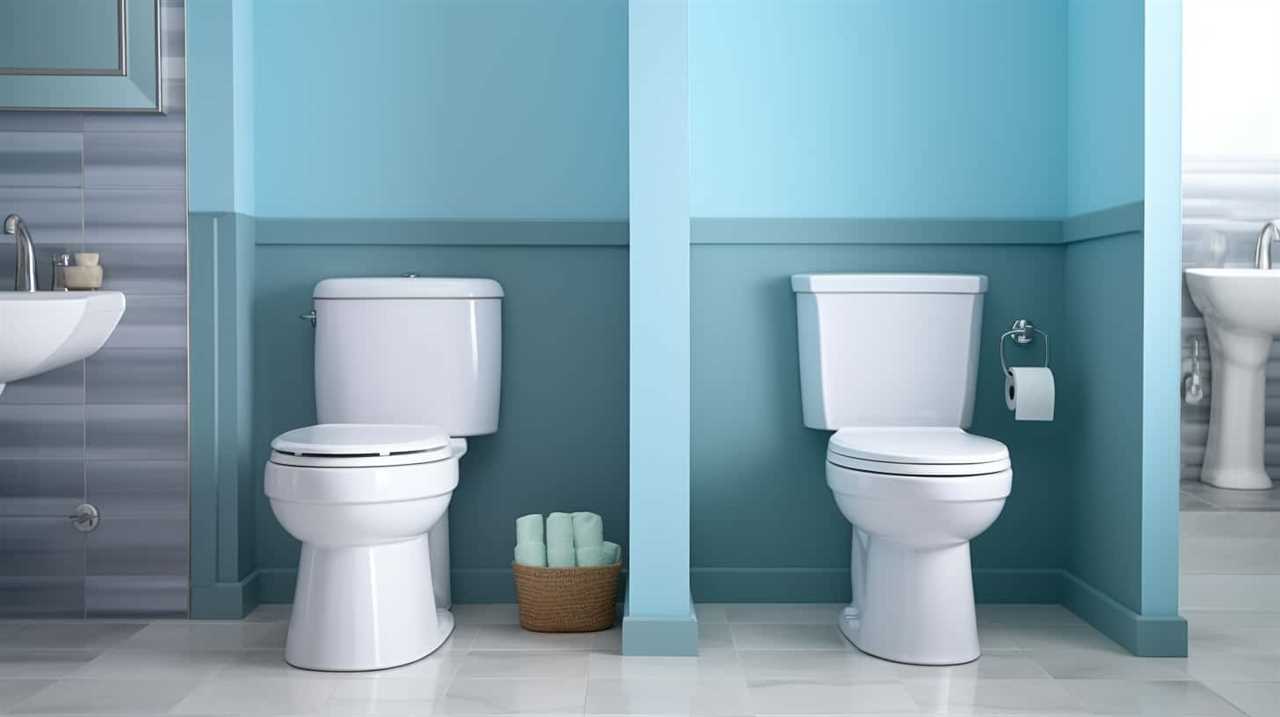
Alternatives to Flushing Gum
To address the issue of gum’s adverse effects on plumbing systems, let’s explore some alternative methods for disposing of chewing gum. Instead of flushing gum down the toilet, there are several environmentally friendly options available to us. Here are some recycling options and composting alternatives to consider:
- Recycling options:
- Check with your local recycling center to see if they accept chewing gum. Some facilities have specific programs in place for recycling gum.
- Look for gum brands that use biodegradable or recyclable packaging. This way, you can recycle the packaging along with the gum itself.
- Consider participating in gum recycling initiatives or campaigns that encourage responsible disposal of gum.
- Composting alternatives:
- If you have a backyard compost pile, you can try composting gum along with other organic waste. However, make sure to check if your composting system can handle gum’s adhesive properties.
- Some gum manufacturers produce biodegradable gum that can be safely composted. Look for these eco-friendly options when purchasing gum.
- Explore composting programs in your community that accept gum as part of their organic waste collection.
Proper Disposal Methods
When it comes to disposing of gum, it’s important to consider proper methods for its disposal. Flushing gum down the toilet isn’t recommended, as it can cause plumbing issues and contribute to plastic pollution in our waterways.
Instead, the best way to dispose of gum is to wrap it in a piece of paper or tissue and throw it in the trash. This ensures that the gum ends up in a landfill, where it can break down over time. However, it’s important to note that gum isn’t biodegradable and can take years to decompose.
Therefore, it’s crucial to be mindful of our gum consumption and strive to reduce the amount of gum waste that ends up in landfill waste, contributing to plastic pollution.

Conclusion
In conclusion, flushing gum down the toilet isn’t recommended due to its negative environmental impact and potential plumbing problems.
One interesting statistic to consider is that gum is the second most common form of litter, with an estimated 250,000 tons of gum being discarded each year worldwide.
It’s important to find alternative disposal methods, such as wrapping gum in tissue and throwing it in the trash, to prevent clogging issues and protect our sewage systems.






